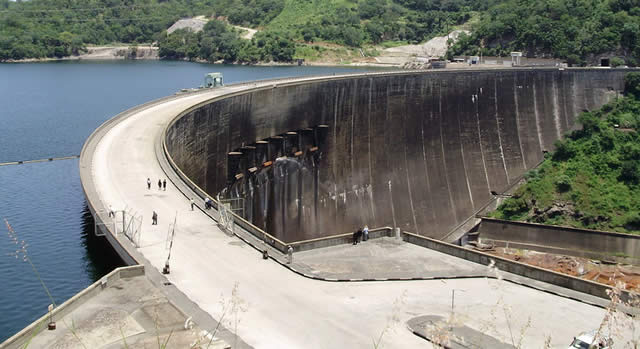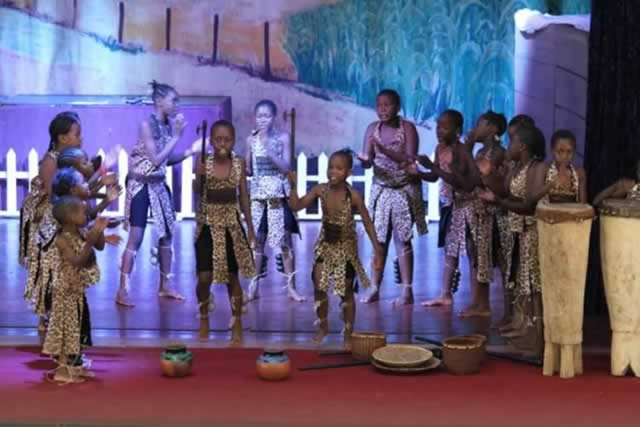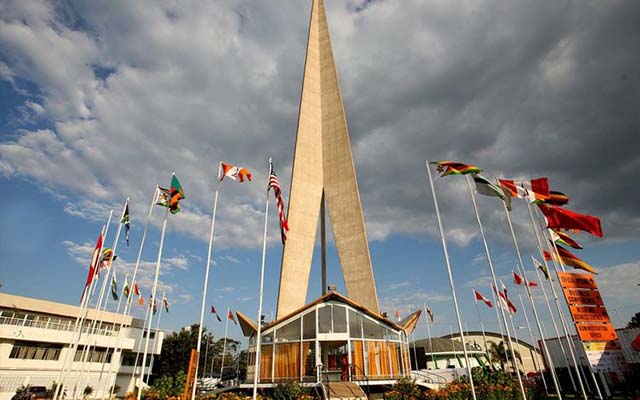‘Generation diversity key to power supply’


Kariba South remains a strategic source of hydro power, which is significantly cheaper compared to thermal
Golden Sibanda Senior Business Reporter
ENSURING a diverse generation mix will be critical in maintaining consistent power supply, experts have warned in the wake of water rationing that has limited generation at Kariba South Power Station, one of Zimbabwe’s two largest power stations. The Zambezi River Authority has reduced from 45 billion to 40 billion cubic meters water shared between Zimbabwe Power Company and ZESCO of Zambia, which operates the power station on the northern bank of Lake Kariba. ZRA did an analysis of the water flows and made presentations to stakeholders, including the two power utilities.
ZPC produces 750MW on the southern bank while ZESCO generates 1 080MW on the northern bank. It was determined that continuing at previous levels of water consumption to generate power would result in the lake water falling below the minimum draw-down level of 475,5 metres before the next rainy season (by November 2015). As at end of July, water use by both utilities was above the allocation, partly due to the seasonal peak demand.
ZRA did a re-run of the simulation to determine the remaining allocation and recommended the level of generation of each utility as 305MW for Kariba North and 475MW for Kariba South. Against this background where generation and supply can be affected by factors such as drought, observers said a good generation mix mitigates the extent of the impact of such factors. Limitless potential exists to increase power production through solar power stations, as the country has excellent climatic conditions that guarantee plenty of sunshine all year round.
Zimbabwe Electricity Transmission and Distribution Company managing director Engineer Julian Chinembiri said it was critically important to have a good power generation mix to be able to maintain balanced power supply.
“Zimbabwe can have one of the best generation mixes in the world. The other such country is Brazil. A good generation mix means you can use the other source, for example thermal, when you have seasonal interruption caused by drought,” he said. Eng Chinembiri said that with a good generation mix the country can afford to alternate between the different sources of energy, which would also impact on the tariff or cost of power, with biggest benefits coming from use of hydro-power. Most of the country’s power presently comes from 750MW Kariba South power station and 920MW Hwange thermal station, which is currently generating an average of 435Mw.
Plans are afoot to redesign and refurbish the three small thermal stations in Bulawayo, Munyati and Harare through re-powering exercises that are expected to provide over 300MW. Zimbabwe has struggled to maintain balanced supply due to various generation interruptions induced by ageing equipment and weather patterns. Nonetheless, it has an excellent generation mix that includes, mainly, hydro power and thermal power stations in the form of Kariba South and Hwange.
Adequate power supply in the face of growing demand in the economy, urbanisation and development of rural communities will require maintaining generation at optimal levels across the country’s varied sources of power. This comes as analysts have hitherto posed questions about the idea behind a staggering $536 million investment into expanding Kariba’s capacity, which has been affected by low rainfall in the upper Zambezi catchment this season. Government is also pursuing expansion of Hwange through units 7 and 8 at a cost of $1,2 billion, which will add another 600MW to the grid. Kariba South will add 300MW, allowing more flexibility during peak hours although not adding to total energy generate in a year. “This is one of the major disadvantages of hydro-power stations, they are susceptible to droughts. In this part of the world where we experience droughts now and again we need a good generation mix of hydro and thermal,” said an analyst.










Comments